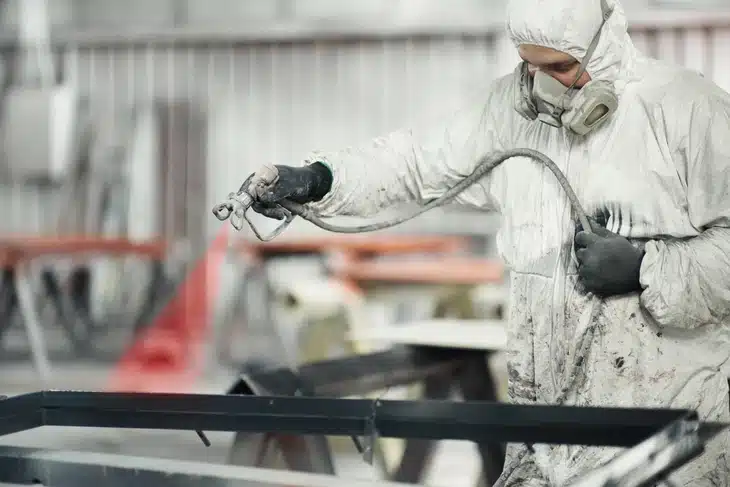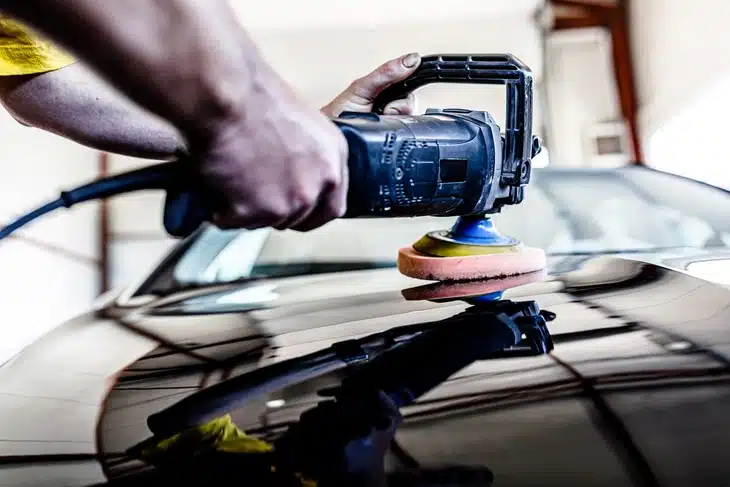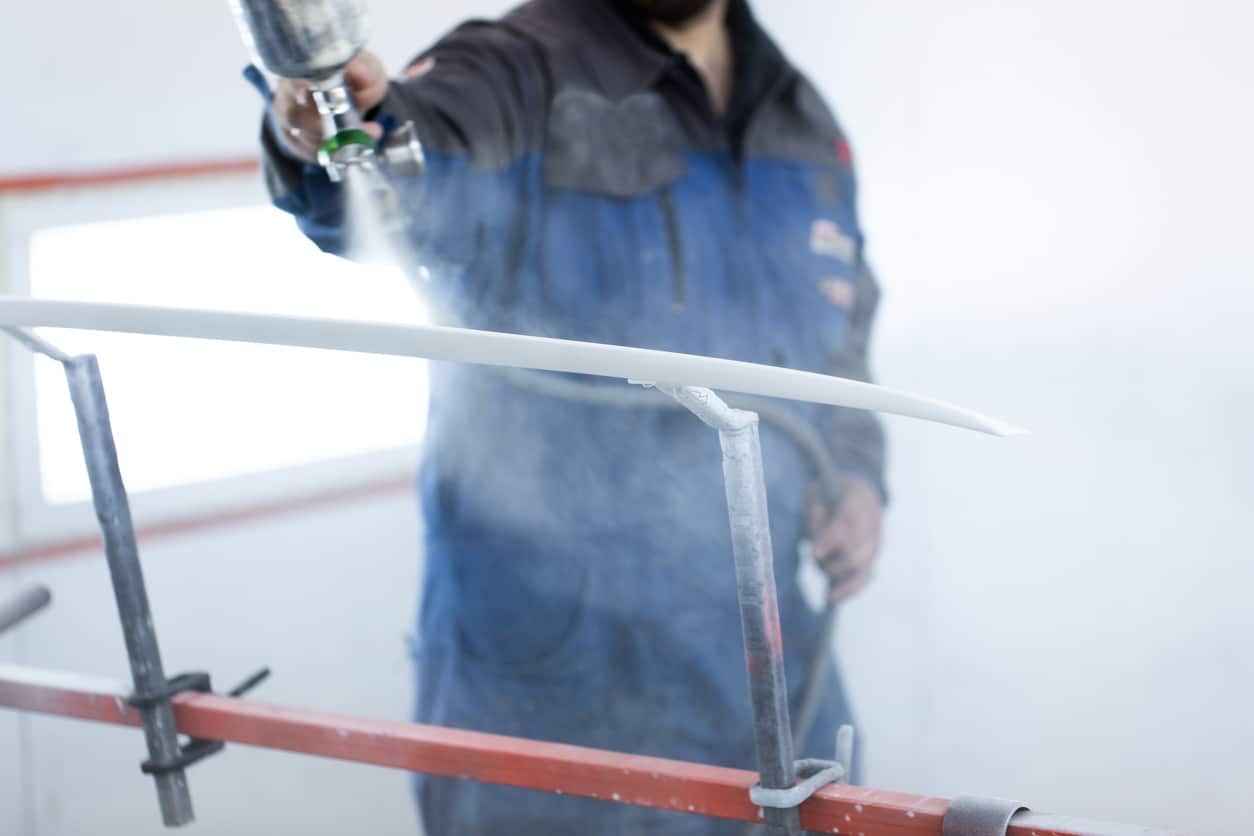The old saying that ‘time is money’ is something that will definitely ring true for body shop owners and managers. But if you’ve noticed a drop in efficiency, this wasted time could be putting a dent in your bottom line. To avoid this, you should always be thinking about how you can boost efficiency.
Whether this means adapting your shop layout, investing in specialist software, utilising the latest product technology or committing your team to training programmes, there are plenty of ways this can be achieved.
In this guide, we’ll take you through all our top tips for creating an efficient work environment that’s focused on keeping profits high and saving time wherever possible.
The importance of body shop efficiency
If your body shop isn’t delivering an efficient output, this can not only affect profits, but it can also affect staff morale, customer confidence, quality and turnaround times. Ultimately, the goal is to have a body shop that can complete jobs on time, provide customers with regular updates and create customer loyalty while also keeping staff morale high and maintaining high standards of work.
This can all sound like a lot of responsibility, but in reality, this can mostly lie with the efficiency of your business. When you have supportive technology, well-trained staff, and an optimised shop layout, it can be much easier to cut costs, save time and provide high-quality services for customers.
Therefore, improving your body shop efficiency can be the key to running a successful body shop business and making it more attractive to customers.
8 ways to make a body shop more efficient and save time
Here, we’ll be exploring eight of our top tips for improving efficiency and saving time in your body shop.
1. Optimise shop layout
While you might not be able to overhaul your body shop layout, you can still make a few changes to increase the efficiency of the space. By simply creating dedicated areas for specific tasks, you can boost productivity while also helping to keep everything neat, tidy and organised. This is because staff won’t need to spend more time moving equipment around and searching for supplies or tools.
Try to create the following areas in your body shop:
• Panel area: Where parts and panels can be removed.
• Prep area: Where tasks like sanding, body filler application and general paint preparation can be carried out.
• Painting area: Where all stages of the painting process can be carried out.
• Finish area: Where final inspections and defect corrections can be completed.
• Washing Area: Where panels, parts and vehicles can be cleaned before and after any body work.

2. Choose your body shop supplies wisely
Your chosen supplies can have a huge impact in terms of time and money, which is why it’s important to carefully consider your purchasing decisions. Staying on top of the latest product technology is crucial for saving time, staying efficient and ensuring even the most laborious processes are simplified. Look at the supplies needed for different tasks and do some research into other options that might be available if you feel that the job isn’t being completed quickly and to a high standard.
For example, automotive masking tapes that leave behind adhesive residue on vehicles when removed or don’t protect against overspray can be less efficient. When it comes to masking, JTAPE tapes are designed to boost efficiency, while saving you time and providing an excellent finish each time. Choosing our high-quality tape and film products ensures you’re using the latest product technology. This can have a huge impact on your shop’s turnaround times and dramatically improve the quality of your body work.
3. Keep the shop clean and organised
A well-organised, tidy and clean shop can help support efficiency, alongside making the environment easier to work in. This means cleaning up spills, putting away equipment and tools, and making sure everyone is doing their bit to tidy the space as they work. Creating these habits can help you know where everything is alongside preventing any unnecessary accidents. Plus, a clean and tidy body shop will be more appealing to customers.
4. Use technology & automation where possible
Implementing technology and automation can be a game-changer for improving efficiency in a body shop. From job costing to sending automated invoices, the more support you can get from technology, the less administrative burden falls on your staff. This is especially important if your team is smaller since they don’t want to be spending all their time on these kinds of tasks rather than completing jobs for customers.
Collision repair software is a top choice of technology since it’s tailored to the industry and solves the most common inefficiencies within it.
5. Inventory management improvements
Keeping track of inventory and knowing when to place orders can improve efficiency since you’re far less likely to become low on essential parts, supplies and tools. When you have better insight into your inventory management, you can also avoid overordering because you’ll know exactly what you have and when supplies are getting lower. So, rather than having too much stock that takes up storage space in your body shop, or not enough supplies for your staff to complete jobs, you can always have the right amount.

6. Put time and care into your staff training
Although it might seem counterproductive to pull your staff away from their day-to-day jobs for any length of time, it can actually boost overall efficiency in the long run if you invest in ongoing training. This is because specialist, up-to-date training allows body shop professionals to learn new time-saving techniques, gain a better understanding of the latest industry trends and upskill.
7. Invest in time-saving tools and equipment
Do your inefficiencies come from clunky tools that are slow and difficult to use? It could be time to upgrade to some portable, quicker or more advanced alternatives. Ditch the big extension cords and equipment that requires multiple people to move, and instead invest into tools that allow your staff to get their jobs done quicker and more efficiently.
8. Adhere to health and safety and support staff
By adhering to health and safety regulations, you can help make sure staff are happy, healthy and well-supported at work. The better the working environment, the more engaged and motivated staff are likely to be, reducing the likelihood of them taking their skills and expertise elsewhere. Therefore, you can maintain good levels of efficiency in your body shop with satisfied staff.
We hope these tips can help you boost the efficiency of your body shop and save time so that you can quickly turnaround jobs for your customers and keep them satisfied. For more insights and advice on all things body shop-related, check out the JTAPE blog.

